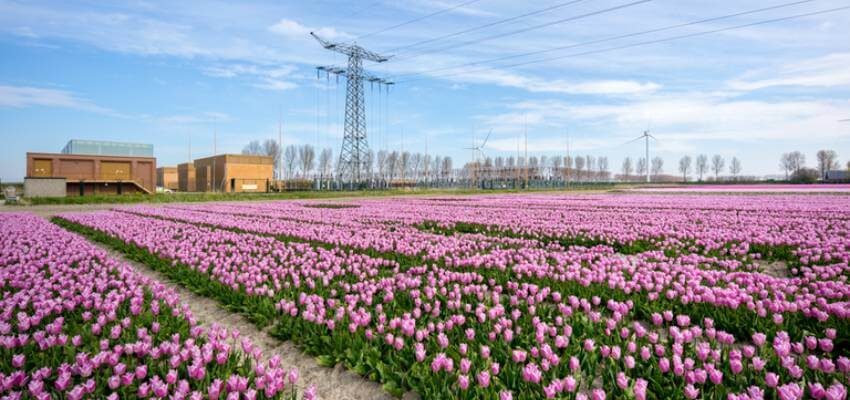Dutch Stedin makes the substation green and digital
Dutch grid operator Stedin replaces SF6 with g3 in combination with using low-power instrument transformers as sensors.

Image source: T&D World
The Netherlands, Rotterdam: Dutch grid operator Stedin replaces SF6 with g3 in combination with using low-power instrument transformers as sensors.
Prompted by requests for capacity from distributed energy resources, Stedin sought to develop a green and digital gas-insulated substation. The Netherlands distribution system operator supplies most of the Randstad area, which includes the cities of The Hague, Utrecht and Rotterdam, the Port of Rotterdam area and the Botlek industrial area. These are high-density urban areas with a complex infrastructure and a high dependency on energy. All these areas require continuous availability of energy, now and in the future.
The initial aim of Stedin’s Middelharnis II green and digital gas-insulated substation project was to expand an existing substation with an additional 50 kV section in a sustainable and innovative way. However, the utility also wanted to reduce its carbon footprint, so it ultimately decided to ban the use of SF6. This changed the utility’s goals for the 50 kV GIS project.
The first goal was to replace the use of SF6 with green gas for grid (g3), which has an impact of less than 99 % on the global warning potential compared to SF6. A second goal was to innovate in the digital substation by installing low-power instrument transformers (LPIT) as sensors instead of conventional sensors that use large quantities of steel and copper. As a result of this decision, Stedin has been able to obtain more modelled, useful data out of the substation through the IEC 61850 standard used for the interface of the LPIT measured values.
For Stedin, the digital substation is a key element of the operating system in the smart grid, by making it possible to improve network management and predict the cost of the energy transition. The utility believes digital substations will become indispensable for business and operational processes, as all data from the high-voltage, medium-voltage and low-voltage networks can be combined and used to optimize the energy supply system.
Source: T&D World




